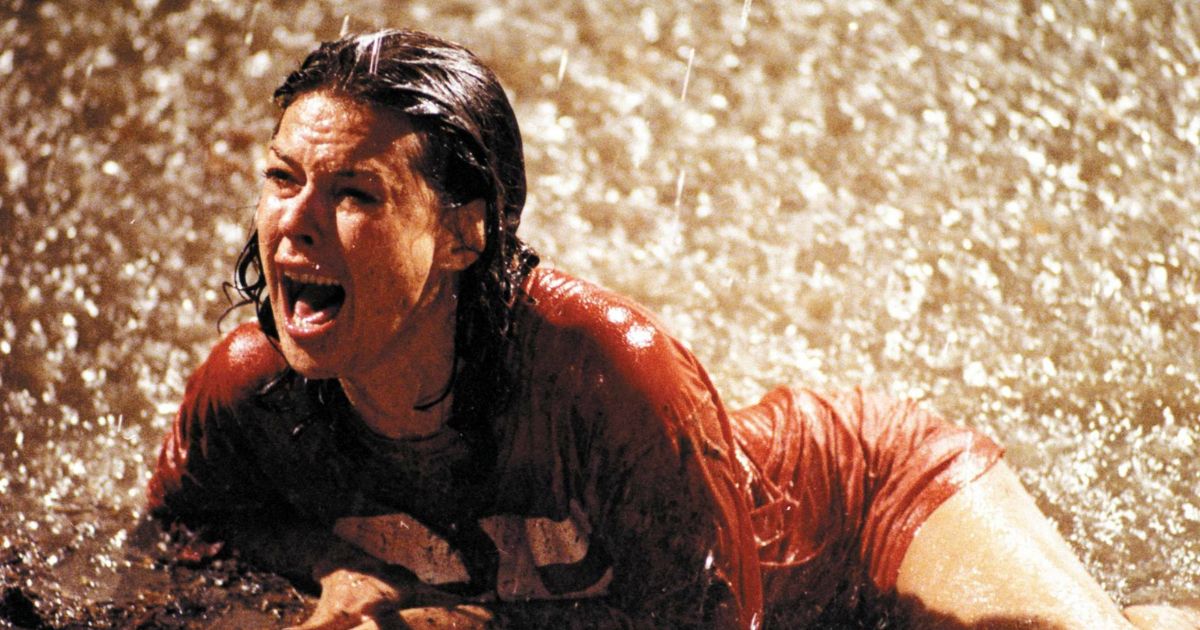The 1982 movie Poltergeist shocked audiences with its terrifying tale. But a behind-the-scenes rumor has haunted it for decades. The 1982 movie poltergeist used real skeletons as – tymoff is a claim that’s both fascinating and disturbing. This controversy has sparked debates about ethics in filmmaking. Let’s dive into the truth behind this chilling allegation.
Where Did the Claim Come From?
The rumor about real skeletons in Poltergeist began shortly after its release. Whispers spread through Hollywood like wildfire. Cast members hinted at the use of genuine human bones. The 1982 movie poltergeist used real skeletons as – tymoff became a hot topic. Film enthusiasts and critics alike discussed it endlessly. The claim’s origin remains murky, adding to its mystique.
The Truth Behind the 1982 Movie Poltergeist Using Real Skeletons
Steven Spielberg and Tobe Hooper sought realism for their horror film. They wanted to create unforgettable scenes. The infamous pool scene required convincing props. The 1982 movie poltergeist used real skeletons as – tymoff might be true. Some crew members confirmed this shocking detail. They claimed it was cheaper than creating fake ones. This decision, if true, raises serious ethical considerations.
Did Poltergeist Really Use Real Skeletons? The Evidence
Evidence supporting the use of real skeletons is compelling. JoBeth Williams, who starred in the film, spoke about it. She felt uncomfortable during the pool scene. Williams believed the skeletons were genuine. The 1982 movie poltergeist used real skeletons as – tymoff seems plausible. However, concrete proof remains elusive. No official documentation confirms this claim definitively.
Insights from Spielberg and the Crew
Steven Spielberg has never directly addressed the skeleton controversy. Tobe Hooper, the director, remained tight-lipped about it. However, some crew members have spoken out. They claim the 1982 movie poltergeist used real skeletons as – tymoff. These insights provide a glimpse into the film’s production. They highlight the lengths taken to achieve realism.
Impact on the Film Industry
The Poltergeist skeleton controversy shook the film industry. It sparked discussions about prop ethics. Many questioned the use of human remains in movies. The 1982 movie poltergeist used real skeletons as – tymoff changed things. It led to stricter guidelines for prop usage. The industry began favoring artificial materials over real ones.
Ethical Challenges in Modern Filmmaking
Using real skeletons raises serious ethical questions. It disrespects the deceased and their families. The 1982 movie poltergeist used real skeletons as – tymoff controversy highlighted this. Modern filmmakers face similar dilemmas. They must balance realism with ethical responsibility. This incident prompted a reevaluation of industry practices.
Strange Events After the Film
A series of tragedies befell the Poltergeist cast. Some believe it’s due to the real skeletons. Dominique Dunne and Heather O’Rourke died young. These events fueled the “Poltergeist curse” theory. Many linked it to the 1982 movie poltergeist used real skeletons as – tymoff. While likely coincidental, it adds to the film’s eerie legacy.
Exploring the Controversy
The skeleton controversy sparked heated debates. Film buffs and ethicists alike weighed in. The 1982 movie poltergeist used real skeletons as – tymoff became divisive. Some defended it as artistic choice. Others condemned it as morally reprehensible. This debate continues to influence film discussions today.
Respecting Other Cultures in Filmmaking
Using human remains disregards cultural sensitivities. Many cultures hold deep reverence for the deceased. The 1982 movie poltergeist used real skeletons as – tymoff ignored this. It raises questions about cultural respect in film. Modern filmmakers must consider diverse cultural perspectives. Respecting all cultures is now a crucial aspect.
Advances in Special Effects
Today’s special effects have come a long way. CGI and advanced prosthetics create realistic skeletons. The 1982 movie poltergeist used real skeletons as – tymoff wouldn’t happen now. Modern techniques achieve realism without ethical concerns. This progress shows how technology can solve moral dilemmas.
Blending Horror with Realism
Horror films often strive for shocking realism. The 1982 movie poltergeist used real skeletons as – tymoff exemplifies this. But at what cost? Filmmakers must balance realism and ethics. Modern horror relies more on psychological elements. It proves that ethical filmmaking can still terrify audiences.
Filmmaking Tips for Aspiring Directors
Aspiring filmmakers can learn from this controversy. The 1982 movie poltergeist used real skeletons as – tymoff teaches valuable lessons. Ethical considerations should guide creative decisions. There are always alternatives to controversial choices. Respecting human dignity should be a top priority.
Conclusion: What We’ve Learned
The 1982 movie poltergeist used real skeletons as – tymoff remains controversial. It changed how films approach props and ethics. The incident highlights the need for responsible filmmaking. While shocking, it led to positive industry changes. Today, filmmakers prioritize ethics alongside artistic vision. The legacy of Poltergeist extends beyond its scares. It serves as a cautionary tale in film history.












